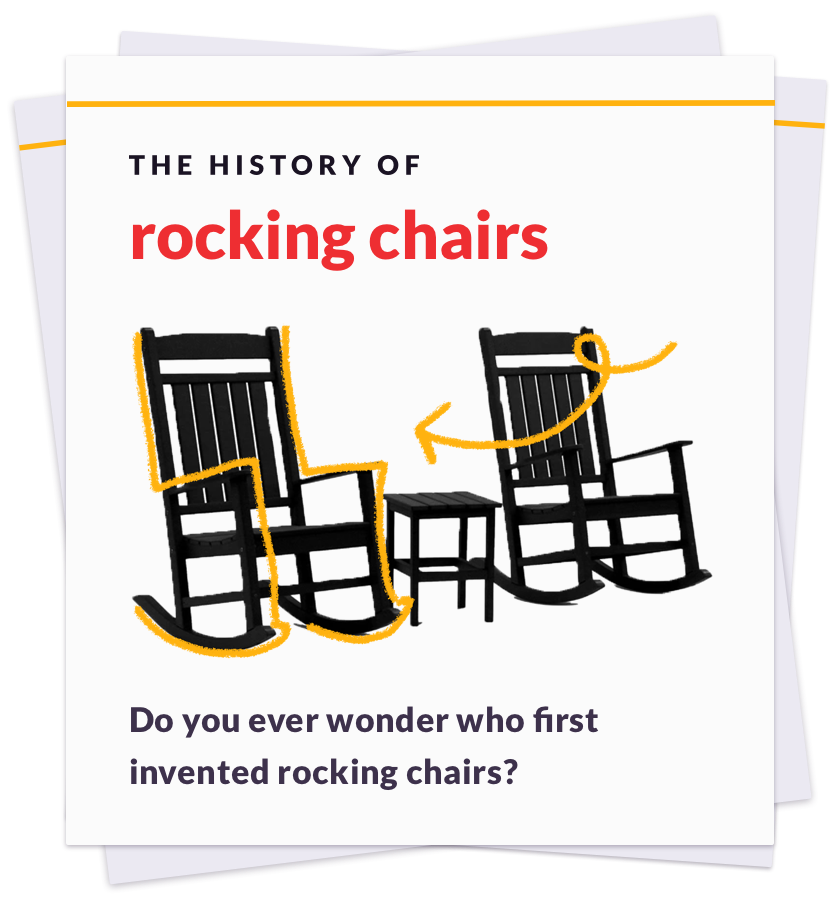Bodyboarding is one of the oldest forms of surf riding and dates far back in Polynesian history and other cultures, but the modern bodyboard didn’t get its start until the early 1970s. Tom Morey, a surfer, mathematician, engineer, and musician became interested in the concept of using a small, lightweight board to ride the waves while living in Kona, Hawaii. On July 7, 1971, he took a leftover piece of polyethylene foam from his garage and cut out a four-and-a-half board using an electric carving knife. Then he applied his wife’s clothing iron to seal the foam using a copy of the Honolulu Advertiser. He tested it out and found that he liked the way the flexible board allowed the rider to feel the nuances of the wave. He developed a Do-It-Yourself kit so consumers could make their own boards and even persuaded Surfer magazine to let him run an ad on credit. A professional jazz musician, he named his creation The Morey Boogie as an homage to boogie, a type of swing music popular before WWII. He felt the name fit because the music — just like his new board — “had a wiggle and a jiggle to it.” Morey secured funding from Larry Gordon from Gordon and Smith Surfboards and orders soon began pouring in. Eventually, Morey decided to produce pre-made boards rather than just doing DIY kits. The first production run of the Morey Boogie hit the market in 1975. It was known as the 132 B.E. (the initials stood for Baha’i Era, Tom’s faith). The boards were hand-shaped and Morey partnered with Jim Faivre, an expert carpenter, to create the first tooling to heat-weld the deck to the core. By 1997, their company was based in Carlsbad and was producing 80,000 boards a year. In 1979, Kransco bought the company and began stocking the boards in stores nationwide. (Kransco was later bought out by Mattel and then Wham-O.) Patti Serrano, who had joined Morey’s company in 1977, tirelessly promoted the boards and fledgling sport through Boogie contests all across America. In the 1980s, bodyboarding (or boogie boarding, as it is sometimes called) became the world’s fastest-growing watersport. Today, bodyboards remain massively popular both among professional athletes and enthusiasts of the sport as well as beachgoers of all ages who enjoy the activity recreationally. Many companies now produce their own bodyboards, but Tom Morey’s groundbreaking creation was so integral that most people still use his term — Boogie board — to refer to any bodyboard, regardless of the brand.

Your go-to guide for weird history facts
Subscribe to the FREE daily email that makes learning about history fun.


